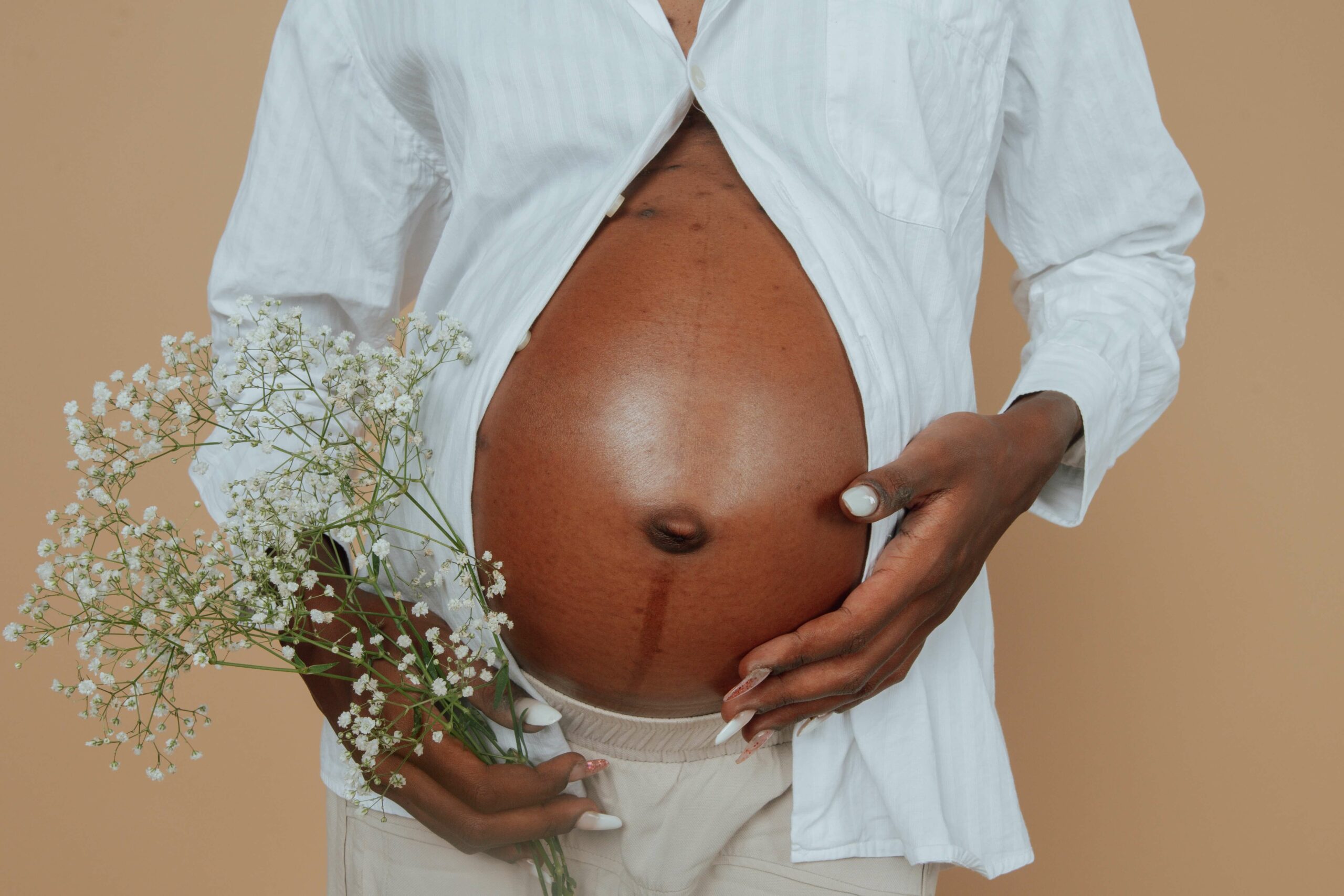This is the moment that you and your baby have prepared for, for the last nine months. The process for labour will start once your contractions are forming a pattern. The difference between Braxton hicks and contractions is, Braxton hicks usually go away after moving around, where contractions will intensify. Once the mucus plug falls away, the labour process starts. You will start to notice small amounts of brown and red mucus.
The amniotic sac will tear, also known as your ‘waters breaking”, and you will go into labour within 24 hours after your water breaks.
Real or False Labour?
If the contractions occur in the front, it will be a sign of false labour. If the contractions are irregular, do not intensify over time, ease with movement, and are not accompanied by a dilated cervix then the contractions are false.
True labour contractions will be felt in the back and they will move to the front. They will be regular and of equal duration, they will not ease with movement, and they are accompanied by mucus or blood. Your cervix will start to dilate with the contractions.
What are the Three Stages of Childbirth?
The three stages of labour will begin once your water breaks.
Stage 1 – Your contractions will open the cervix; this happens in three phases.
Stage 2- You will pass the baby out of the uterus.
Stage 3 – You will pass the placenta.
During Stage 1 of Labour Explained
As mentioned above, stage 1 of labour happens in three different stages and these are called; early labour, active labour and transitional labour.
Phase 1
Phase 1 is known as early labour. Symptoms you might experience indicating early labour are cramps, backache, diarrhoea, pelvic pressure and vaginal discharge. This will be the longest phase during stage one as your cervix will start to open. Contractions are normally short and will become stronger with time. Contractions will be about 5 minutes apart from each other, this will indicate early labour. The cervix will dilate 3-4cm during this phase.
Phase 2
Phase 2 is known as active labour. Your cervix will open up rapidly and the contractions will become more intense. The contractions will last for 45-60 seconds each and be 3-4 minutes apart.
Phase 3
Phase 3 is known as transitional labour. This is the most difficult stage of labour. Your cervix will open up fully, and this can last for 1-2 hours. Your contractions will be very strong, they will last 60-90 seconds at 2–3 minute intervals. Your uterus will prepare the baby to move down the birth canal. You should wait for your midwife or doctor before you start to push. Your midwife and doctor will indicate when it will be safe for you and the baby to start pushing.
What Happens During Stage 2 of Labour?
You will be fully dilated at your cervix, and it will be time for you to push the baby out through the birth canal. It is normal to feel a tingling, burning or stinging sensation at your vaginal opening as your baby’s head will start to crown. This is a time also known as the ‘ring of fire’.
It is important that you listen to your midwife or doctor during this time on when to push. Your baby only has a certain amount of time that they can be in this stage before they will struggle to get oxygen. Once the baby’s head emerges your midwife or doctor will suction your baby’s mouth and nose to get rid of excess mucus.
What Happens During Stage 3 of Labour?
You did it! Your baby has left your uterus and will be in your arms by now. You might experience mild contractions still; this will be the placenta tearing away from the uterus wall. Most of the time the mother will hold her baby against her bare chest to start skin-to-skin contact. Remember your baby was in your uterus and is not familiar with everything surrounding him or her now.
You will be the baby’s safe place after birth, and your skin’s scent will be familiar to them which will make them feel more relaxed. The umbilical cord will still be attached to the baby, this will be clamped or cut by the nurse or doctor.
What is the APGAR Score?
After birthing your baby will be scored using the APGAR score to evaluate their health. The APGAR score consists of the following - Appearance, Pulse Grimace, Activity, and Respiration.
What Happens to Me After Birth?
It is normal for your body to feel pain after birth, especially in the vaginal area. This will get better over time. You will experience a period with a heavy flow for a few weeks after birth. You will also feel the urge to urinate frequently. Your breasts will still be enlarged, and you will still experience constipation. Your hair might also be falling out more than normal, this is because your body no longer produces pregnancy hormones.


 71–75 Shelton Street, Covent Garden, London, WC2H 9JQ
71–75 Shelton Street, Covent Garden, London, WC2H 9JQ +44 (0) 20 3376 1032
+44 (0) 20 3376 1032



